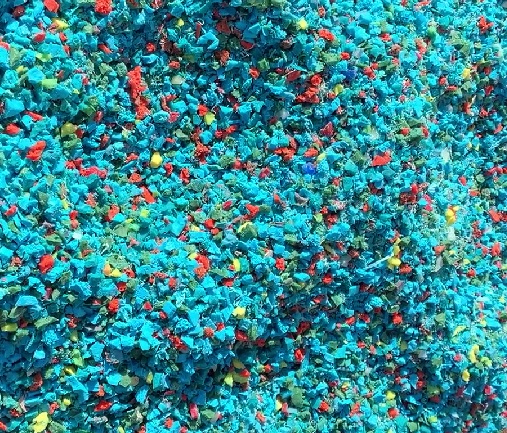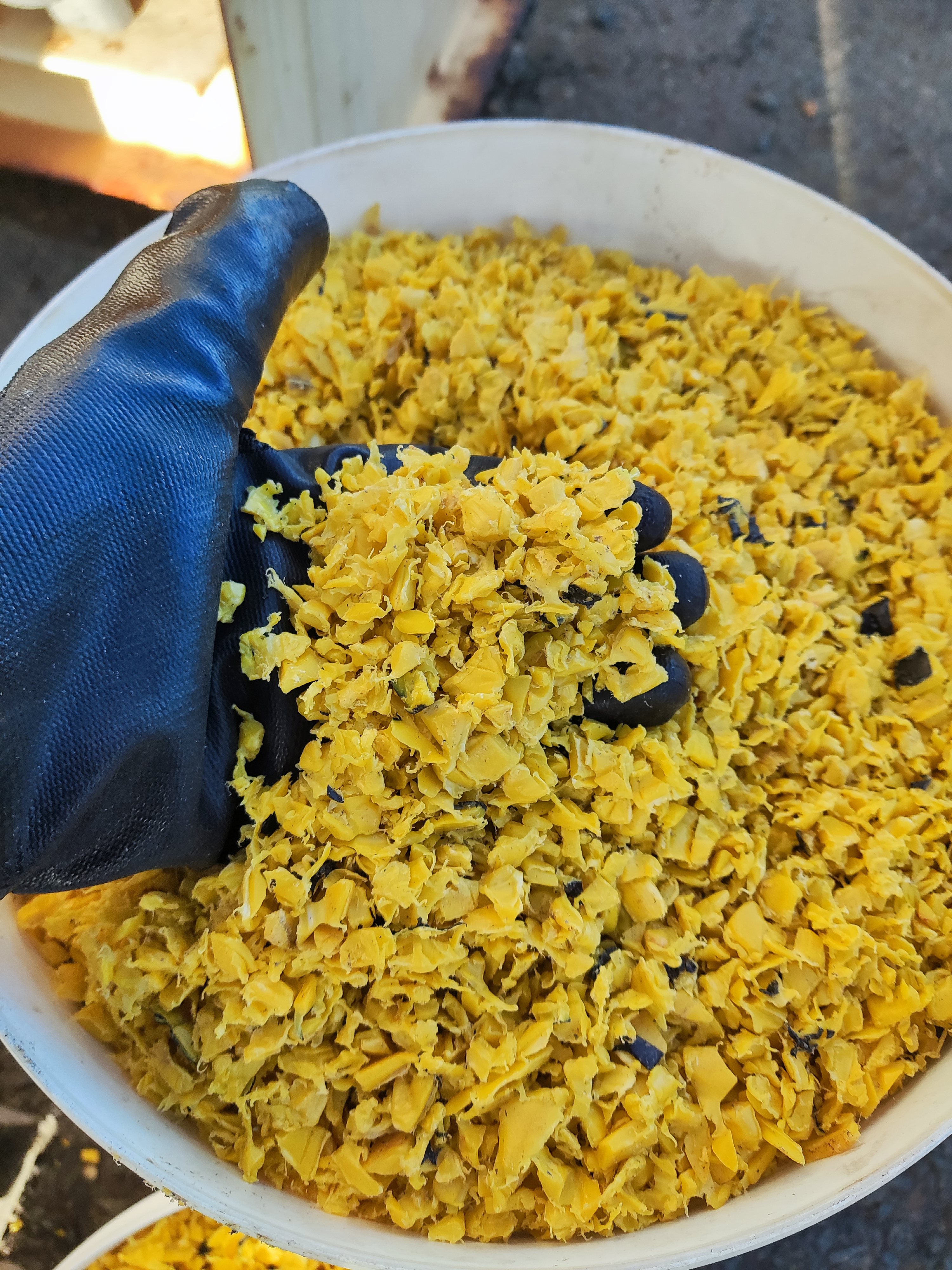Plastic waste have become a huge problem environmentally due to the issue at its disposal. Being non-biodegradable in nature, plastics do not break down and will persist for hundreds or even thousands of years. The nature of landfill, whereby oxygen is limited, will slow down the decomposition process of the plastics.
One avenue to reuse the plastics will be to take advantage of its energy content through thermal degradation processes such as pyrolysis.
Plastic pyrolysis is a thermal process that chemically breaks organic materials down in accordance with its chemical structures. The fixed carbon and ash content of the organic materials will remain as solid, whereas the volatile content of the bio materials will be released as a gas mixture.
No biochar is produced from plastics due to the low fixed carbon content that is present in plastics.
The gas product is known as syngas. The syngas can be converted into other useful forms such as electricity or fuels.
The condensable part of the syngas is known as pyrolysis bio-oil or tars, which are generally produced in conventional pyrolysis processes.
Plastics containing inorganic components such as chlorine, fluorine, sulphur, etc., while undergoing thermal degradation, will produce halogens and toxic gases.
The higher the temperature of the pyrolysis, the more chemical breakdown of the material will occur, resulting in a more stable biochar and a less condensable portion of the syngas that will be produced, giving a richer syngas.


Anergy’s patented High Temperature Pyrolysis (HTP) allows for a more thorough chemical decomposition of the plastics feed. Compared to conventional pyrolysis, HTP allows for reduced tars, emissions, and improved product quality.
The chemical breakdown also involved the inorganics and halogens such that these compounds would react and form compounds that are soluble in water for easier removal from the syngas.
|
Plastic HTP PRODUCTS* |
|||
|
BIOCHAR/ASH YIELD |
BIOCHAR FIXED CARBON CONTENT |
SYNGAS YIELD AVAILABLE FOR CONVERSION |
SYNGAS CALORIFIC VALUE |
| <5% | <2% | 55-70% | >35 MJ/kg |
*Based on Anergy's internal data. Contact Anergy's representative for a more accurate estimate for your feedstock.
Anergy’s plastic HTP offers several advantages over conventional pyrolysis, including both environmental and economic benefits. Plastic waste has a huge potential in serving as an energy source, and with no shortage of availability. It will also help in sustainable waste management. These benefits are further outlined in the sections below.
Plastic waste generally contains halogens which are toxic elements such as chlorine and fluorine, which are corrosive in nature.
The HTP process would be able to break the bonds of the halogens and react to form compounds such as HCl and/or HF, which can be removed from the syngas using alkali-based scrubbing.
This will alleviate the release of toxic gases such as dioxins and furans into the environment.
Waste that otherwise remains unbroken for thousands of years is used for creating energy, such as electricity, heat, or fuel.
An alternative energy source to fossil fuel.
Reduce green house gases emission by up to 40% per ton of plastics processed as compared to incineration.
Plastics are non-biodegradable, meaning they will not decompose naturally and will accumulate in landfills.
The accumulation of plastics will create water stagnation, which causes insects and pest infestations which could lead to diseases.
Anergy HTP offers a solution to process waste plastics and at the same time producing useful products which are beneficial for the environment and for the economy.